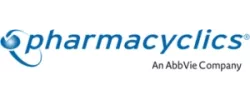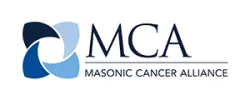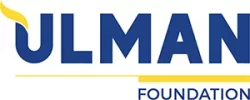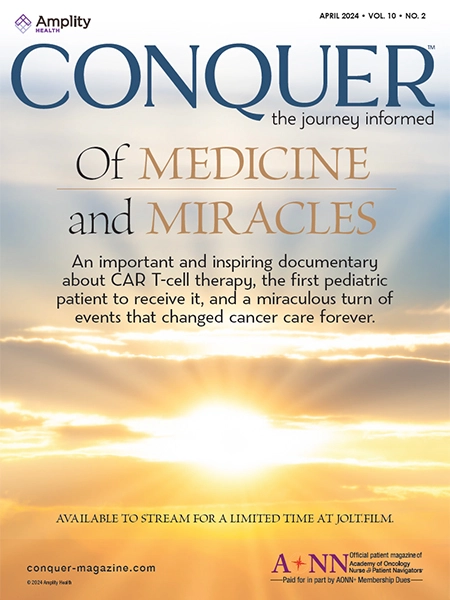AONN+ Blog
Are Your Metastatic Cancer Patients and their Family Members using Protective Buffering?
Protective buffering refers to hiding cancer-related thoughts and concerns from one’s partner. As a navigator, it is important for you to assess your patient and spouse/caregiver to determine if this is happening among them.
The Power of Telling a Story—Finding Funding for Your Initiatives
Though our economy continues to struggle, philanthropy has not been as impacted as was first feared. And despite the constraints of HIPAA requiring tight security and privacy of patient information, navigators still have a golden opportunity to use storytelling, without patient identifiers, to inspire other patients to utilize their philanthropic abilities and make a difference in the lives of patients you and others navigate.
Are Your Cancer Patients Receiving Care in Keeping With the NCCN Treatment Guidelines?
The National Comprehensive Cancer Network® (NCCN®), a not-for-profit alliance of 21 of the world’s leading cancer centers, is dedicated to improving the quality and effectiveness of care provided to patients with cancer.
Prepare for the Changes Happening Regarding the Treatment of Elderly People Diagnosed with Cancer
There is a powerful movement afoot, and in the long run it will be for the better. However, while it gets implemented, it is going to feel incredibly strange. The movement is rethinking who needs screening and subsequent treatment for specific types of cancers.
Helping Cancer Patients Make the Transition from Acute Treatment to Chronic Treatment and Long-Term Survivorship Care
From the moment a patient learns she has cancer through the decision-making process to determine the definitive treatment and execution of that acute treatment plan, the nurse navigator has been at this patient’s side. But what happens during surgery, chemotherapy, and radiation treatments?
Cancer Survivorship Issues to Be Addressed and Incorporated into the Infrastructure of Cancer Care
The National Institutes of Health (NIH) estimates overall costs for cancer in 2010 at $263.8 billion: $102.8 billion for direct medical costs (total of all healthcare expenditures), $20.9 billion for indirect morbidity costs (cost of loss of productivity due to illness), and $140.1 billion for indirect mortality costs (cost of lost productivity due to premature death).
New at Navigation
If you've recently become a nurse navigator specializing in an area of oncology, you are among a growing number of nurses who have zeroed in on a new specialty, helping your patient travel along a pathway that can be riddled with confusing information, a myriad of decisions to be made regarding treatment, and other significant decision making along the way. It's rewarding when it works well. It can be frustrating for everyone when it doesn't.
Are Your Responsibilities as a Navigator Clearly Defined?
If not, then anticipate political problems with your oncology team members, overlap of responsibilities with others, and job dissatisfaction at some point in time. Why? Because without clear roles and responsibilities, others will not understand why you are on the team at all.
Where Does Your Role of Navigation Begin and End (and Possibly Overlap with Someone Else's Responsibilities)?
It’s hard to turn on the radio or pick up an ad about a cancer center without reading something about patient navigation. There has been an explosion of oncology nurse navigator positions in the past year or so, and that number is growing even more. Perhaps you are a new nurse navigator and are part of these statistics.
Embarking on Hormonal Therapy—Educating the Patient and Her Spouse/Partner
Seventy percent of patients completing her acute treatment (surgery, chemo, and radiation) will be candidates for taking hormonal therapy. All too often, patients are not well informed, however, about the purpose of this pill to be taken once a day for 5 years or more, nor do they realize its level of importance.
Thank You to Our Corporate Sponsors and Alliance Partners!
-

Major Corporate Sponsor
-

Patron Corporate Sponsor
-

Patron Corporate Sponsor
-

Patron Corporate Sponsor
-

Industry Relations
Council Member -

Industry Relations
Council Member -

Industry Relations
Council Member -

National Alliance Partner
-

National Alliance Partner
-

National Alliance Partner
-

National Alliance Partner
Privacy Notice | Terms of Use
© 2009- DBA AONN+ Academy of Oncology Nurse & Patient Navigators® | PO Box 563, Cranbury, NJ 08512 |
AONN+ DBA AONN+ is a 501(c)(6) organization under federal tax guidelines. AONN+ Foundation for Learning, Inc. a 501(c)(3) organization under federal tax guidelines.
AONN+ Advantage, LLC, a wholly owned subsidiary of AONN+.


